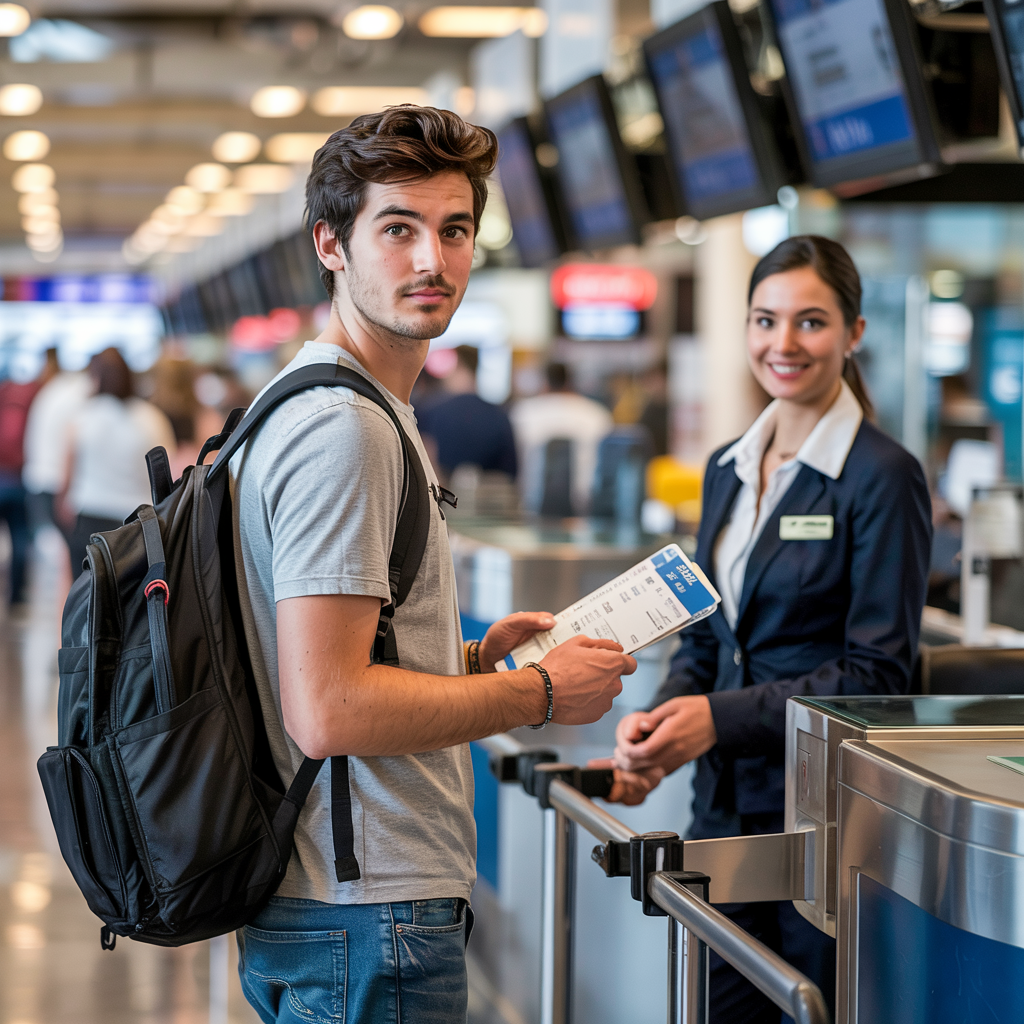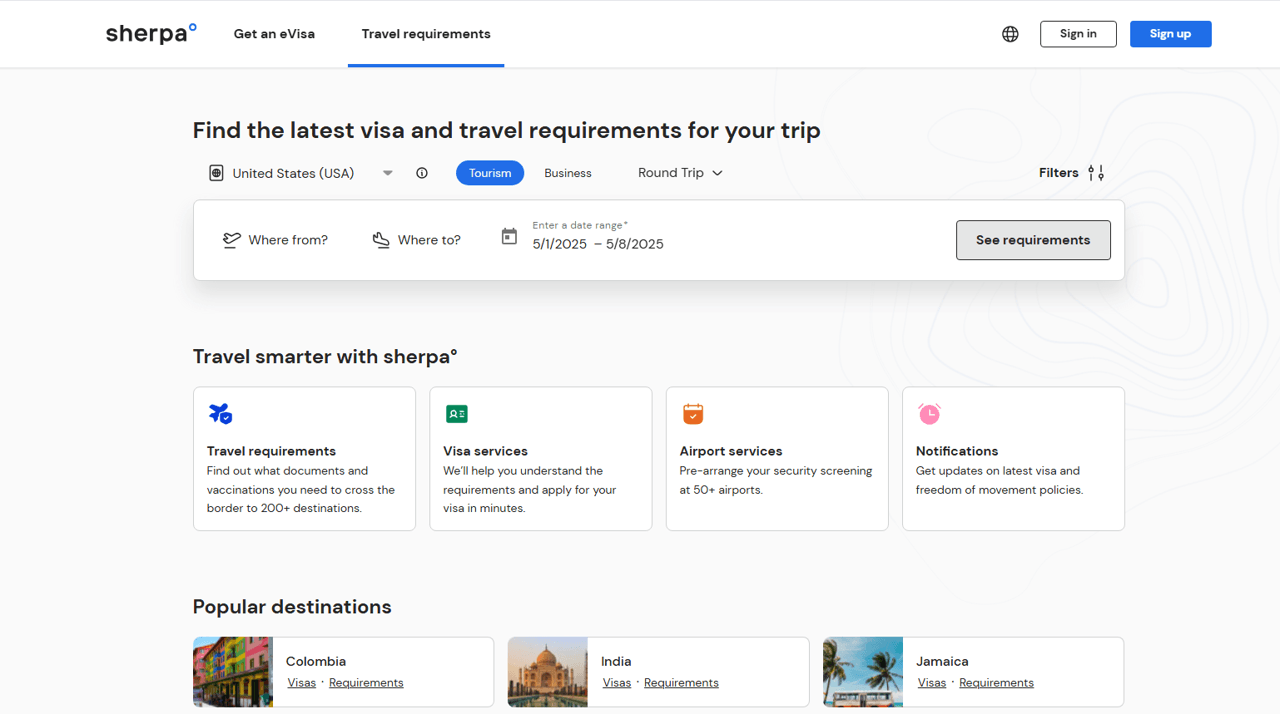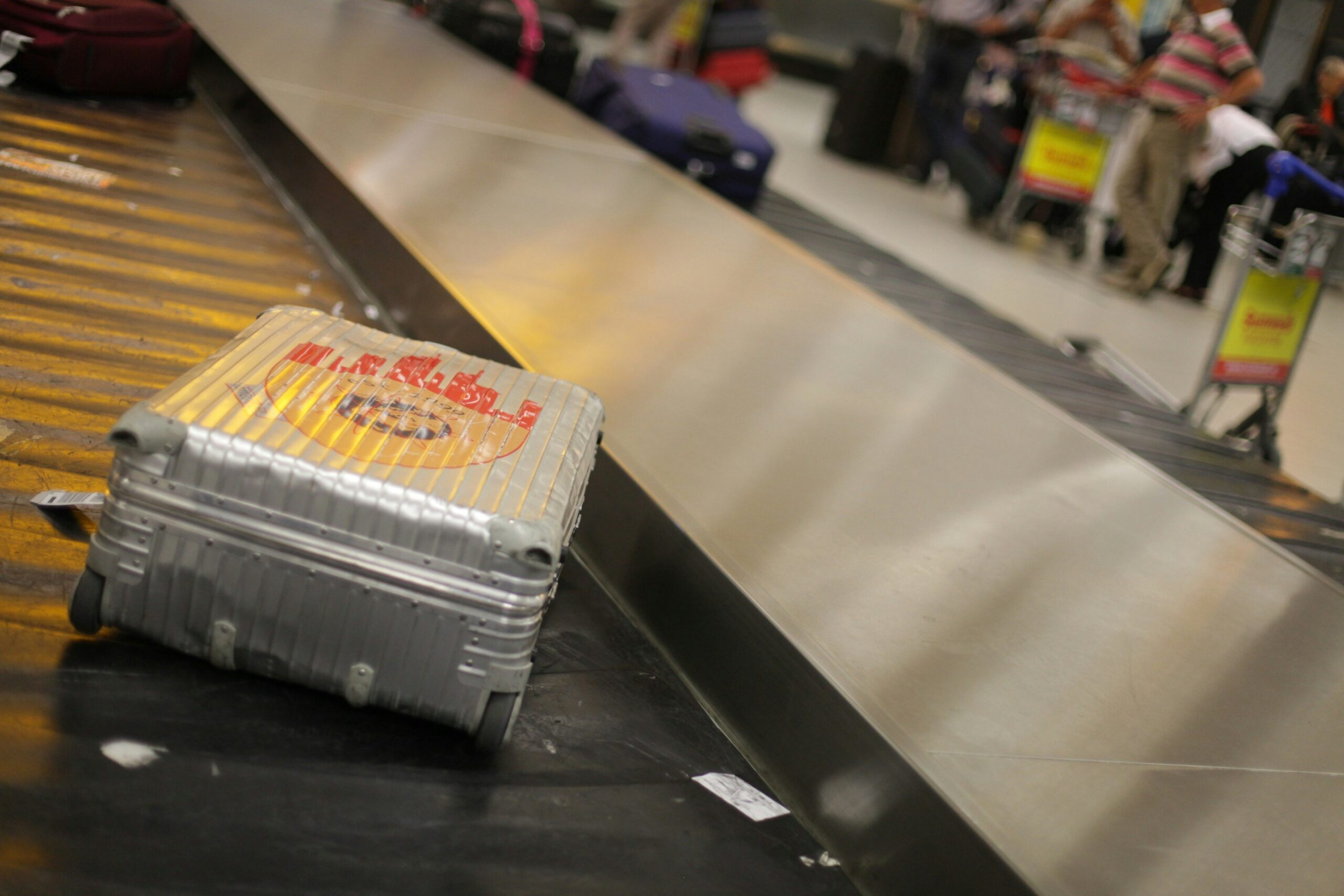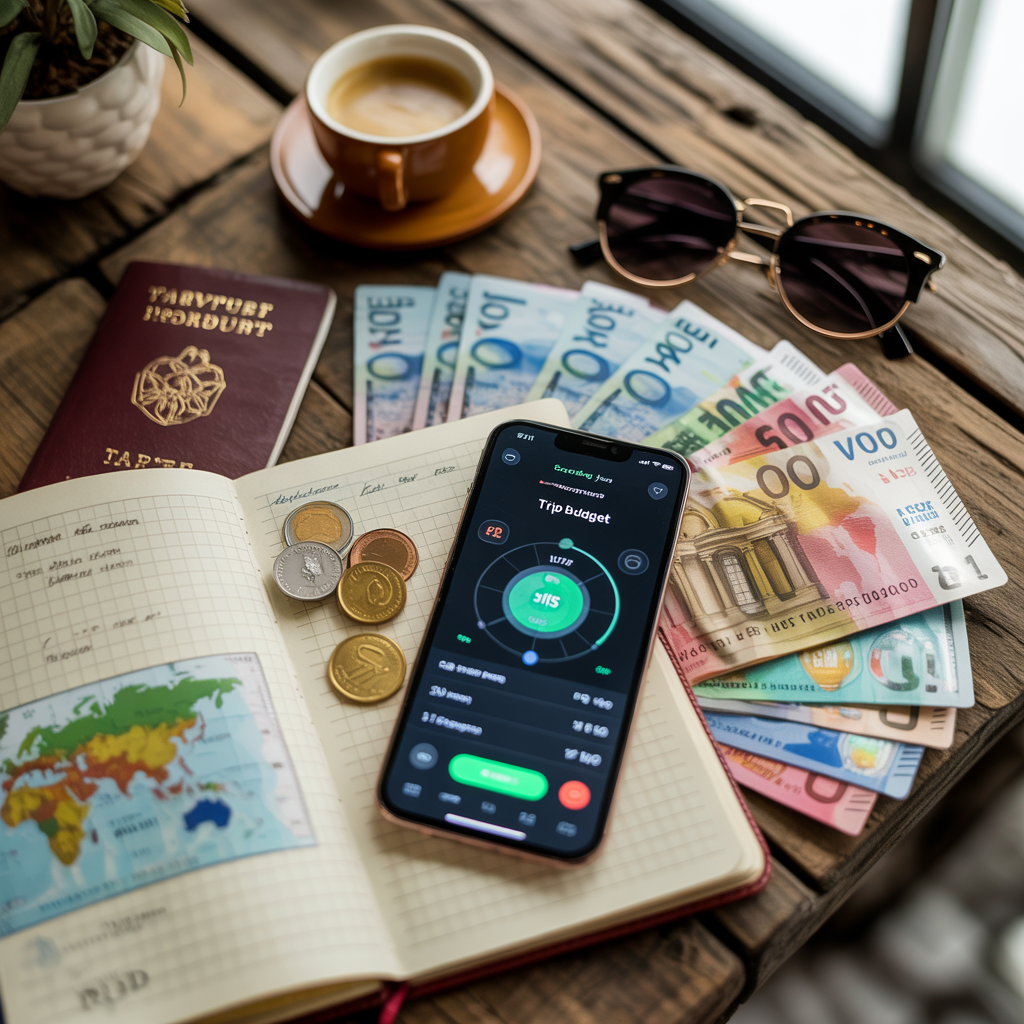Why Sherpa is the Best Tool for Navigating Travel Requirements
If you’ve ever arrived at an airport only to be turned away at check-in because of missing paperwork, you know that the excitement of travel can quickly turn into a logistical nightmare. That’s why understanding travel documentation requirements is not just a detail — it’s a vital part of any smooth and stress-free journey.
In fact, being fully informed about visa rules, vaccination requirements, digital forms, and other entry conditions can be just as important as booking your flights and accommodation. And thanks to tools like Sherpa, planning has never been more accessible. In this post, we’ll explore why this matters, how to get ahead, and how Sherpa and similar platforms can become your trusted allies.
So, before you pack your bags or dream of your next destination, let’s dive into how you can stay informed, avoid common mistakes, and travel with confidence.
The Importance of Being Prepared: More Than Just a Passport
Traveling internationally requires more than a valid passport. Depending on your destination, you might need:
- A tourist, business, or transit visa
- Proof of onward travel
- Vaccination records (especially post-COVID-19)
- Entry or exit forms submitted in advance
- Travel insurance documentation
Missing even one of these items can result in denied boarding, fines, or being sent back at your own expense. These requirements can change frequently, especially due to political shifts, health concerns, or international agreements.
Real Risks of Overlooking Travel Documentation Requirements
Many travelers assume that digital boarding passes and a passport are enough, but the consequences of overlooking entry requirements can be serious. Here are a few real-world examples:
- Denied Entry at Immigration: A traveler from Brazil was recently denied entry to South Africa due to an overlooked yellow fever vaccination requirement. Despite having a valid visa, failure to meet health documentation guidelines resulted in deportation at their own cost.
- Transit Trouble: A U.S. traveler flying to Thailand with a layover in India was not aware that even transit through certain Indian airports requires a transit visa. They were not allowed to board their connecting flight and had to rebook a new route last-minute.
- Visa Processing Delays: A Canadian planning a spontaneous trip to Vietnam applied for a visa just days before departure. The e-visa took longer than expected, causing them to cancel flights and accommodations.
These examples show why travelers must be proactive, not reactive.
When Should You Start Checking Travel Requirements?
Ideally, you should begin checking travel documentation requirements at least six weeks before your trip. This gives you enough time to:
- Apply for and receive visas
- Book necessary vaccinations or medical appointments
- Gather required documents such as invitation letters or proof of funds
- Complete online pre-arrival registrations
In cases where embassies are involved, some visa processes can take a month or longer, especially during high travel seasons or holidays. Don’t leave it to chance.

Meet Your Travel Assistant: Sherpa
One of the most efficient tools for staying informed is Sherpa, a user-friendly online platform that helps travelers navigate entry requirements with up-to-date, country-specific information.
How Sherpa Works
Sherpa allows you to:
- Enter your nationality, destination, and vaccination status
- Receive instant results on whether you need a visa, vaccination proof, travel forms, or other documents
- Get links to official government portals for visa applications
- Set alerts if requirements change before your trip
This makes it perfect for:
- Tourists booking multi-country trips
- Digital nomads and remote workers
- Travel agents looking to support their clients
Key Features Worth Highlighting
Sherpa’s strengths lie in its simplicity and accuracy. Here’s what makes it stand out:
- Intuitive Interface: The form takes less than a minute to fill out.
- Real-Time Data: Constantly updated to reflect the latest travel conditions.
- Visa on Arrival / e-Visa Info: Shows whether you can apply online or upon arrival.
- Entry Conditions Overview: Includes vaccination, testing, and quarantine rules.
- Embassy Contact Links: Helps when official confirmation is needed.
- Multi-country Research: Great for those visiting several countries within the same trip.
How to Use Sherpa: Step-by-Step Guide
- Go to Sherpa’s travel restrictions tool.
- Select your passport country and your destination country.
- Input your vaccination status (if applicable).
- Click “Get Travel Requirements.”
- Review the detailed list provided, including links to visa forms, embassy contacts, and health declarations.
You can also check whether transiting through a country involves documentation, a feature many travelers overlook.
Supplementing Sherpa with Other Tools
While Sherpa is comprehensive, it’s always good to cross-reference. Here are a few other platforms worth using:
- IATA Travel Centre: Used by airlines worldwide
- Travel.State.Gov: U.S. government travel site
- Timatic: Airline-facing travel requirement database
- Your destination’s official immigration or embassy website
Each of these can help confirm the information provided by Sherpa, especially for countries with fluctuating policies.
Avoiding Common Mistakes Travelers Make
Even with good resources, travelers often fall into these traps:
- Assuming your passport alone is enough
- Thinking e-Visas are granted instantly
- Not checking transit country rules (even layovers can require documentation)
- Failing to update travel info post-booking (rules can change within weeks or even days)
- Relying solely on travel agencies — they may not update you in real time
Additionally, some travelers forget to check requirements for returning to their home country, especially after long trips. Re-entry requirements (vaccines, testing, declarations) can vary depending on outbound destinations.
Smart Travelers Plan Ahead: What to Do Next
Here’s a checklist to make documentation planning part of your trip routine:
- Add “Check travel requirements” to your travel planning checklist.
- Bookmark Sherpa and similar tools.
- Set reminders 6 and 3 weeks before your trip to re-check requirements.
- Subscribe to destination embassy updates or alerts.
- Keep digital and printed copies of all necessary documents.
- Save copies in cloud storage in case of lost luggage or tech failures.
- Consider printing embassy contact pages for emergency support.
Wrapping It All Up: Travel Smarter, Not Harder
In our hyper-connected world, information is at our fingertips — but only if we know where to look. Tools like Sherpa simplify what was once a complicated web of embassy sites and conflicting sources. By making travel documentation part of your pre-trip ritual, you reduce stress, save money, and ensure your journey starts and ends smoothly.
Whether you’re a seasoned globetrotter or planning your first big trip, understanding and staying current on travel documentation requirements is the best investment you can make. Don’t just book flights and hope for the best. Use the tools, ask the questions, and travel prepared.
Related Post: How to Get the Hardest Digital Nomad Visa: A Full Guide













